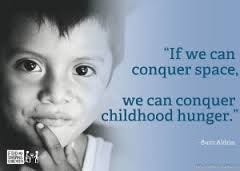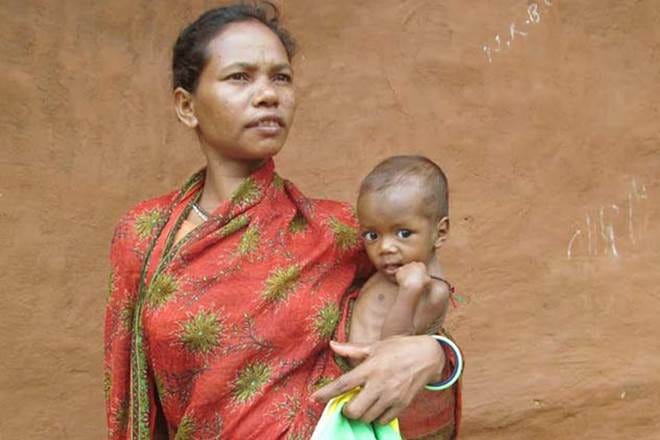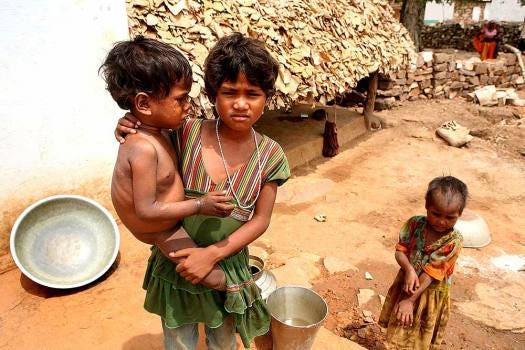
Struggle to live freely and fairly
By Agastyaa Goradia, Age 12, Mumbai, India
News, “The Tribal dominated area in Madhya Pradesh is in the grip of malnutrition”. The COVID 19 induced lockdown has a severe effect on the nutritional health of Children, Pregnant, and, lactating women. 50 % children, and 75 % women are deprived of adequate nutrition.
Maya Baiga, a mother of a 5year old mentioned that her child could not eat with his own hands as he was malnutrition and Bunda bai could not feed her children as there was no Ration available. Although relief goods were provided, the food items were not sufficient and varied to meet the nutritional needs of families and children displaced by the pandemic.
The UN Development Programme (UNDP) reported saying, India managed to lift 273 million people out of poverty between 2005–06 and 2015–16, which is the highest ever not just for India but also the largest reduction in poverty in the world.
These are amazing standards for any country, but a problem arises that this survey was taken in 2015–2016 before the COVID 19 pandemic.
Overall trends still show hunger rising since 2014 and the economic shifts associated with the coronavirus pandemic could leave an additional 83 million to 132 million people hungry globally in 2020.
This is tragic because we know that hunger can have negative long-term effects on young people’s health, academic performance, and future success. There are very simple ways in which we can play our part in curbing both poverty and malnutrition.
We need to keep working with public schools to help ensure that school children get healthy, nutritious food at lunch. We also need out-of-school programs to ensure that nutritious snacks are made available to our poor children, and more broadly to build whole ecosystems to support children’s nutrition — not just during the school year, but also during the summer and on weekends
Progress is possible, Investing and empowering our local villages isn’t just the right thing to do, it’s the smart thing to do.’
We need to work with aggregate groups of smallholder farmers to help them access higher quality seed, organic fertilizers, important technical training, and climate-smart agriculture techniques such as crop rotation, mulching, and agro-forestry.
In each village, local Panchayat, in partnership with NGOs, can fill the gap. I also believe that once farmers can consistently sell their products for a reasonable return and feed themselves and their families, our mission will be accomplished.
Together with health workers and volunteers, Community kitchens can cook nutritious meals every day to feed all children 6 months to 5 years old, and all pregnant and breastfeeding mothers,
Thankfully, many dedicated individuals and organizations across the country are addressing this challenge in several ways.
To top the list is Celebrity Chef Vikas Khanna, inspired by langar, the large community kitchens of the Gurdwaras, Sikh place of worship, and aided by food donations from various companies across India, and despite being based in New York; the chef has been feeding millions of people back home with his “# Feed India” initiative. This initiative has fed almost 20 million Indians. Kudos !!!!!
Let us add more fuel to such initiative by continuing the good work in whatever small way we can. It is not a hopeless fight to take on world hunger. Change is possible and we can all be part of that change. Let’s be the ones to end hunger.
Remember, Somewhere, Someone was sleeping empty stomach while you were busy counting your calories. J


